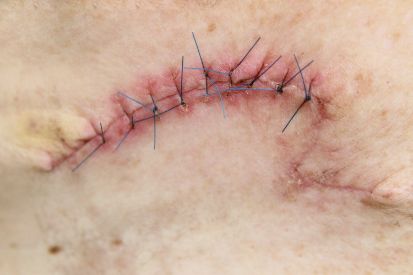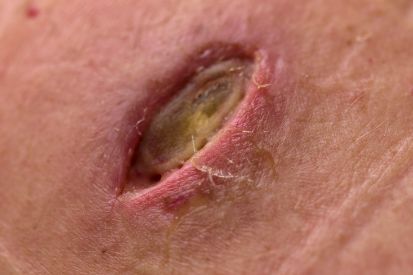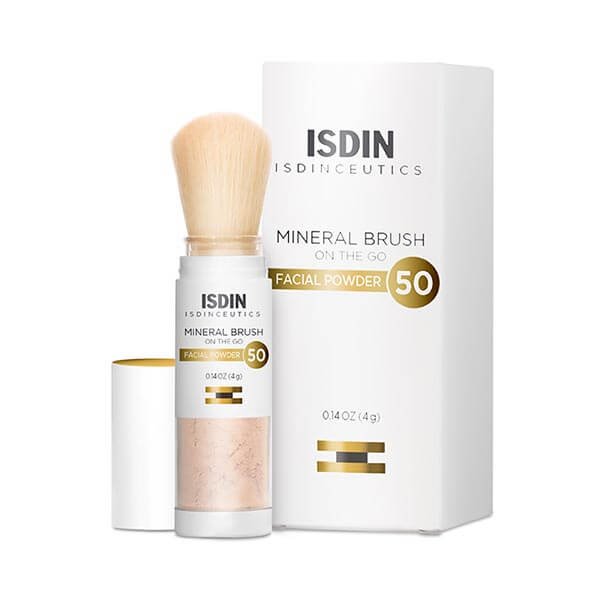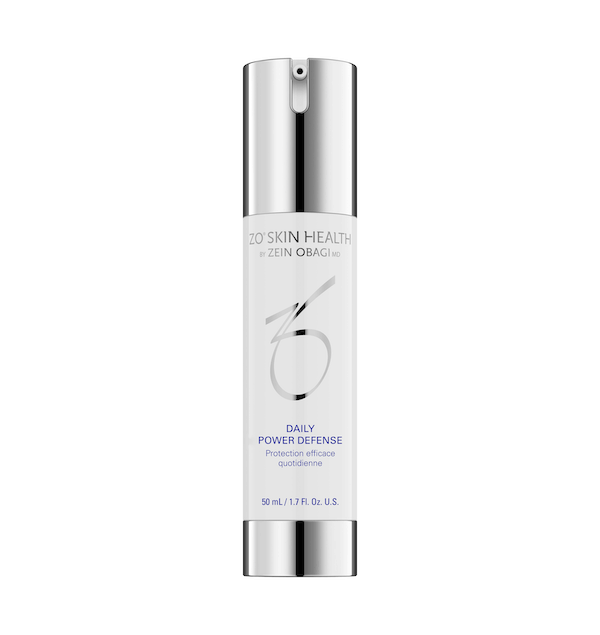Standard Excision
Examples of Standard Excision



Standard Excision Explained
Before the excision, patients typically undergo a consultation with the dermatologist, during which the need for the procedure is discussed, and any potential risks or benefits are explained. The dermatologist may recommend excision if a skin lesion raises concerns about malignancy, or if it causes discomfort or cosmetic issues.
Benefits of Standard Excision
How Cumberland Skin Can Help
Standard Excision FAQs
Your dermatologist may recommend it to address skin cancers, remove bothersome moles, or address cosmetic concerns for a more comprehensive solution.
Dermatologists use local anesthesia for a standard excision, so the procedure is pain-free. Patients may feel some pressure but should not experience pain.
The procedure is usually quick, lasting only as long as it takes to remove the targeted lesion and perform any necessary closure.
In some cases, the removed tissue is sent to a laboratory for analysis to determine if there are any cancerous cells present.
The extent of scarring depends on factors like the size and location of the excision. Your dermatologist will discuss potential scarring during the consultation.
Your dermatologist will discuss possible alternatives during the consultation, taking into account the nature of your skin condition and individual factors.
What to Expect at Your Standard Excision Appointment
Post-excision, the dermatologist closes the wound using sutures or other methods based on size and location, providing patients with post-operative care instructions, including wound cleanliness and activity restrictions during healing.
How to Prepare for Standard Excision
Planning for Standard Excision Recovery
We will work with you to ensure proper recovery and are happy to answer any questions you have.
Featured Products

ISDIN Mineral Brush Facial Powder
Suitable for various skin tones, Mineral Brush is a complement to your daily, on-the-go protection. Helps protect against blue light, IR and UV, delivered in a breathable, natural matte powder. 0.14 oz / 4 g

ZO® Daily Power Defense
Daily Power Defense has been elevated with ZO’s exclusive technologies – including new ZPOLY™ complex – to enable a long-lasting, youthful and healthy skin complexion. This advanced serum is clinically proven to strengthen skin’s protective barrier while defending against environmental stressors and premature signs of aging. 50 mL / 1.7 Fl. Oz.
Related Blog Posts

- Skin Cancer
- General Dermatology
- Skin Exams
- Sun Safety
If your dermatologist finds a suspicious mole during your TBSE, hey want to perform a skin biopsy.
Read More
- General Dermatology
- Skin Care
- Cosmetic Treatments
Explore various treatment options available for scars and stretch marks in this comprehensive overview of both non-invasive and medical procedures. Make informed decisions about addressing these common skin concerns.
Read More
- Skin Cancer
- General Dermatology
- Skin Exams
- Sun Safety
Uncover the unparalleled benefits of Mohs surgery. Learn how this precise technique ensures minimal tissue removal while maximizing cancer removal rates, offering patients superior outcomes in skin cancer treatment.
Read More

